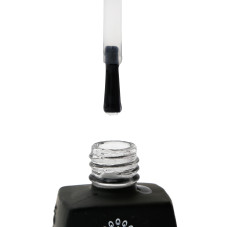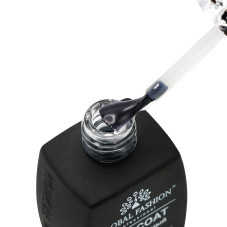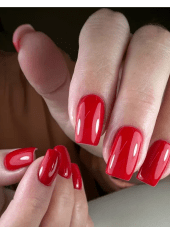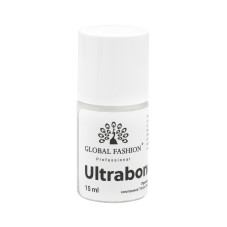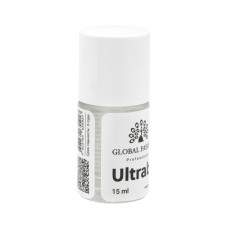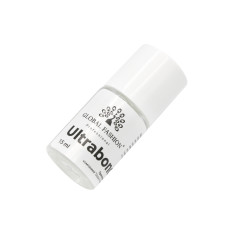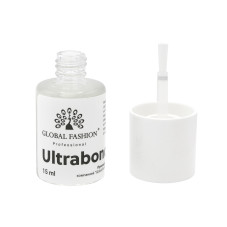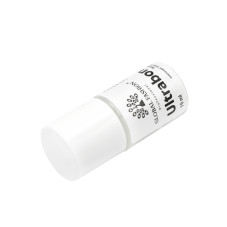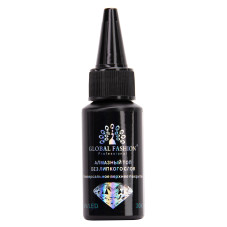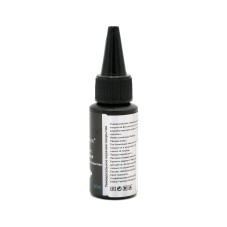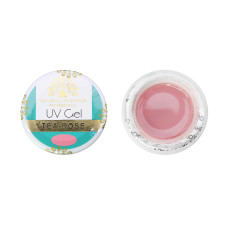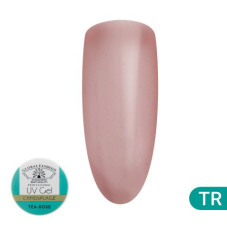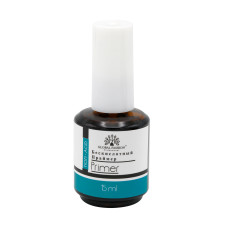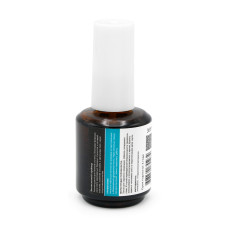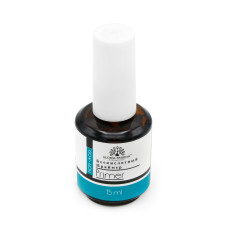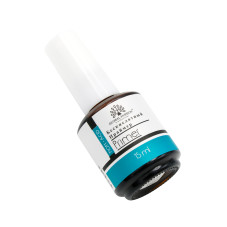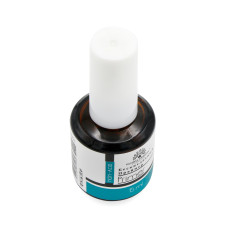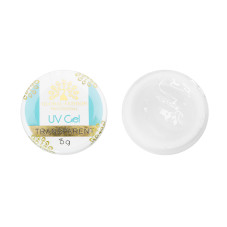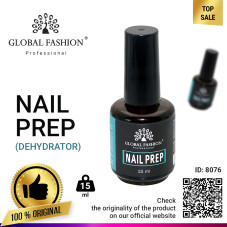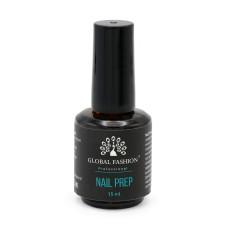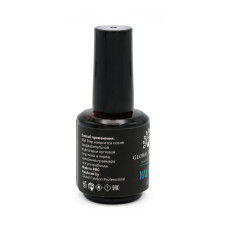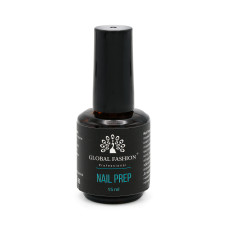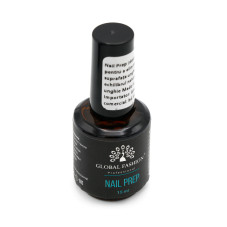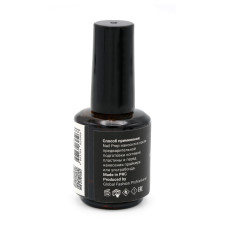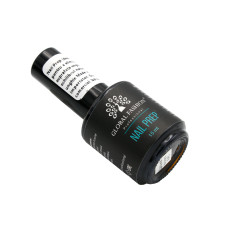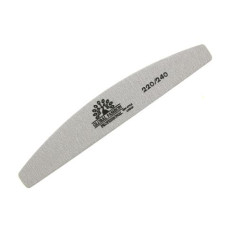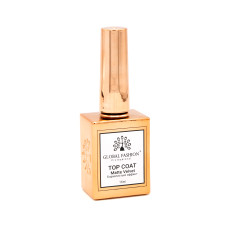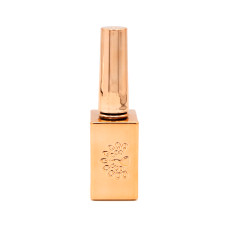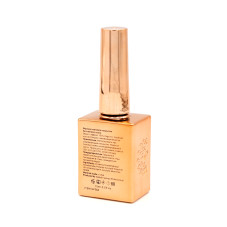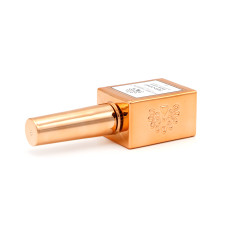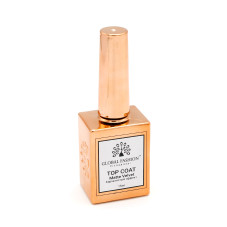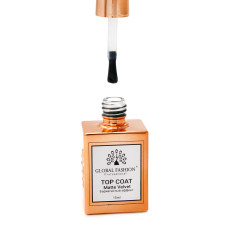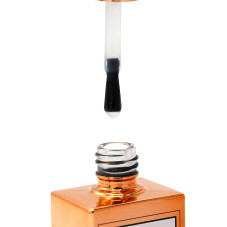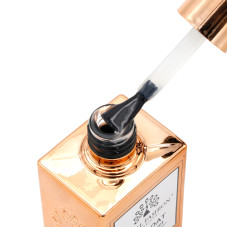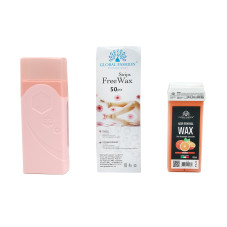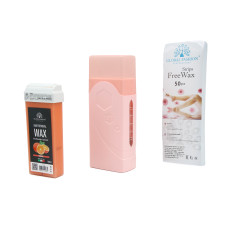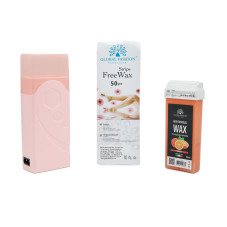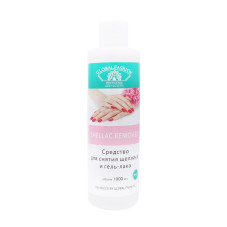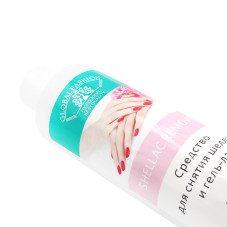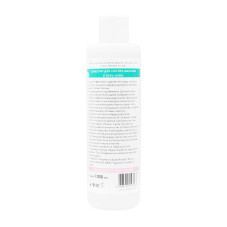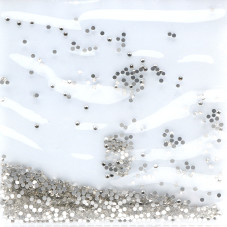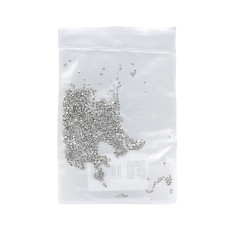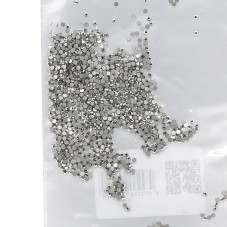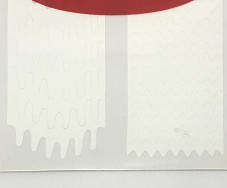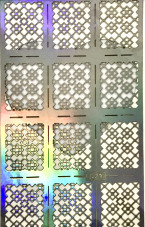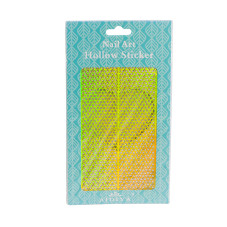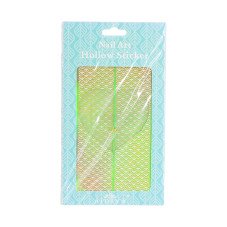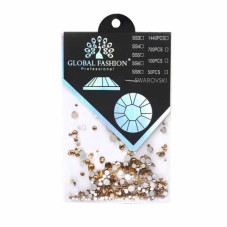8 Reasons Why Your Makeup Quickly Slides Off and Doesn’t Last — And How to Fix It: Tips from Makeup Artists

Surely you know this feeling: it’s morning, you’ve hit the snooze button a few too many times, and now you’re rushing to work. In a panic, you apply serums—not the ones you love, but the ones that were closest at hand—generously spread the leftover night cream, and finally, as if your life depended on it, quickly layer on SPF.
Then, when it comes to foundation, horror strikes. The last five minutes of effort turn into clumps. You check your jawline—and it’s clear: your makeup has started to ball up. Now you face a dilemma—should you wash everything off and start over, or try to salvage what’s left?
The bad news is that once makeup has started to ball up, fixing it is almost impossible. The good news is that it’s easy to prevent in the future. The key is understanding why it happens. In our article, we’ve gone over all the reasons makeup can ball up and gathered expert tips to help keep your coverage flawless from morning to evening.
What to do if your makeup starts balling up
What should you do if your makeup begins to ball up? Unfortunately, there aren’t many options… most often, the only solution is to completely wash everything off and start again.
Fixing makeup that has already started to ball up is truly difficult and extremely frustrating. The best thing you can do in the moment is gently remove the excess product with a large, fluffy brush, then refresh the skin with a hydrating mist to restore softness and smoothness. After that, apply foundation or concealer in the thinnest layers, gently patting it in rather than rubbing—this can even out coverage without further damaging the base.
This method can help slightly “revive” your makeup, but makeup artists agree: it’s far easier to prevent the problem than to try to fix it. If your makeup has noticeably balled up, it’s better not to struggle—wash it off and start over. This will save not only time but also your nerves.
Why does makeup ball up?
:max_bytes(150000):strip_icc():format(webp)/MetallicMoment-4bb98f0732ab4abdb8bc93cb49a2b749.jpg)
Although makeup rolling becomes noticeable immediately, determining its true cause is not always easy. Many factors contribute to this phenomenon, often amplifying each other and making it difficult to pinpoint the source of the problem. Nevertheless, several common causes can be identified.
1. Residues from previous products
Accumulated layers of dead skin cells and residues from previous products—whether it’s a thick overnight mask or incompletely removed makeup—inevitably affect makeup longevity and increase the risk of it rolling. These residues also prevent moisturizing serums and creams applied before foundation from fully absorbing, which emphasizes skin texture and dry patches.
To create a perfectly smooth and clean base, experts recommend practicing double cleansing: first with a balm or oil, and then with your usual foam or gel cleanser. If you use a balm or oil, it’s crucial to complete the process with the second step, otherwise a film or traces of the product may remain on the skin. For the second cleanse, it’s better to choose gentle exfoliating products that remove impurities while preparing the skin for makeup.
Paying special attention to this step is essential: the level of skin cleanliness directly affects how evenly foundation will apply and how long makeup will last.
2. Skincare products not fully absorbed
Think of applying makeup like icing a cake. If the cake is dry and ready to absorb the icing, it will go on smoothly without clumps. Similarly, your skin needs time for skincare products to fully absorb before you start applying makeup.
If the products remain on the skin’s surface, they form a film. When foundation or concealer is applied over this film, makeup may roll and form small clumps.
The solution is simple: slow down the makeup application process and give your skin enough time to absorb all products. The result will be an even and long-lasting complexion.
3. Wait until your sunscreen is fully absorbed and dry before applying makeup
Daily use of facial sunscreen is extremely important: it protects the skin from cancer, sun damage, and premature aging. It’s equally important to allow enough time for the product to fully absorb. Some SPF formulas need to dry and form a protective layer on the skin; if this doesn’t happen, the sunscreen can interact with makeup and cause pilling. Therefore, it is recommended to let each layer of skincare, especially sunscreen, fully absorb — this significantly reduces the risk of product clumping.
Experts also advise choosing lightweight moisturizing SPF formulas specifically designed for use under makeup. Using hybrid products like “sunscreen + primer” can allow you to skip a separate primer step and further reduce the likelihood of makeup pilling.
4. The correct order is key to perfect skincare
4. The correct order is key to perfect skincare
Allowing your skin time to absorb each layer of product is important, but it only works if applied in the proper order. It’s best to start with lightweight, water-based products such as toners and serums, then move on to heavier products like oils, eye creams, and moisturizers. In general, to minimize the risk of products pilling, it is recommended to apply skincare from lighter textures to richer ones.
:max_bytes(150000):strip_icc():format(webp)/ThinkPink-49eb3c20137c4e93a554deb93d778b7c.jpg)
5. Overusing Skincare Products
Even if you thoroughly exfoliate your skin, allow each product time to absorb, and follow the correct application order, pilling can still occur. The cause often lies in the number of products being used.
Too many layers of skincare increase the risk of pilling. When products are layered, they become slippery and may not fully absorb. This is especially true for heavy oil- or silicone-based products—they can repel each other, causing makeup applied on top to pill.
To avoid these annoying “little balls,” simplify your routine. For example, a thick peptide serum is better reserved for your evening routine. Another option is to use hybrid products that combine hydration and sun protection in a single bottle.
Pay attention to the amount of product you apply: working in thin layers allows you to gradually achieve the desired effect and identify which product is causing the issue. This way, your routine becomes more controlled, and your products work as effectively as possible.
6. Incompatibility of the Products Used
6. Incompatibility of the Products Used
If none of the previously mentioned reasons explain the appearance of pilling, it is most likely due to the incompatibility of the products you are using. This often happens when layering products that simply “don’t get along”: some ingredients just don’t interact well with each other.
Pilling most often occurs when makeup is applied over several serums or gel-based products. Many of these formulas create a thin film on the skin, which usually improves skin texture and appearance, but when combined with other products, it can lead to the formation of small clumps on the face or around the eyes.
7. Reduce or Completely Eliminate the Use of Silicone-Based Products
Pilling most often occurs when makeup is applied over several serums or gel-based products. Many of these formulas create a thin film on the skin, which usually improves skin texture and appearance, but when combined with other products, it can lead to the formation of small clumps on the face or around the eyes.
7. Reduce or Completely Eliminate the Use of Silicone-Based Products
Applying multiple silicone-based products on top of each other or using them in succession prevents the skin from fully absorbing moisturizing components. As a result, silicone accumulates on the skin’s surface, which often leads to pilling.
Identifying silicone-based products is slightly more complicated than spotting water- or oil-based ones, but it is generally not difficult. Typically, ingredients ending in -cone, -siloxane, or -methicone indicate the presence of silicone. Water is often listed as the first ingredient, but if any of the first few components include silicone, the product is considered silicone-based rather than water-based.
Identifying silicone-based products is slightly more complicated than spotting water- or oil-based ones, but it is generally not difficult. Typically, ingredients ending in -cone, -siloxane, or -methicone indicate the presence of silicone. Water is often listed as the first ingredient, but if any of the first few components include silicone, the product is considered silicone-based rather than water-based.
:max_bytes(150000):strip_icc():format(webp)/ChocolateKiss-b3ee32ac4ca849a78608221e68059d3c.jpg)
8. Use Products from the Same Line
Using products that are perfectly compatible with each other is one of the best ways to prevent makeup from rolling or clumping. Ideally, choose products from the same brand or the same line: their formulas are usually designed to work in harmony. This not only makes application easier but also reduces the risk of uneven patches or clumps.
It’s equally important to consider the texture of the products. Lightweight and liquid formulas apply under makeup more smoothly than dense emollients or overly heavy layers. Also, pay attention to the type of base: a water-based product works best with a water-based primer, while a silicone-based product pairs well with a silicone primer. Preparatory steps should not just complement each other—they should create the perfect canvas for makeup, ensuring a smooth and long-lasting application.
⸻
⸻
Once you understand the causes of makeup rolling, avoiding the problem becomes much easier. Start with thoroughly cleansed skin—this is already an important step toward a flawless finish. Regular exfoliation helps maintain a smooth and even surface.
Apply each product—whether an essence, moisturizer, or concealer—gently, pressing and blending it into the skin. Begin with a small amount; you can always add more if needed. Pay attention to the product composition and the order of application—using lightweight textures and a minimalistic approach significantly reduces the risk of clumping.
Give each layer enough time to absorb, and allow the skin to dry before moving on to the next step. It’s especially important to wait between applying sunscreen and the first layer of makeup—this creates the most even base.
If rolling has already occurred, fixing it can be difficult. However, proper preparation and the correct sequence of product application greatly reduce the likelihood of it happening in the future.
Published: 04.11.2025 20:00
Times Read: 42

